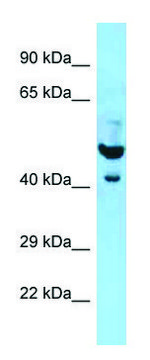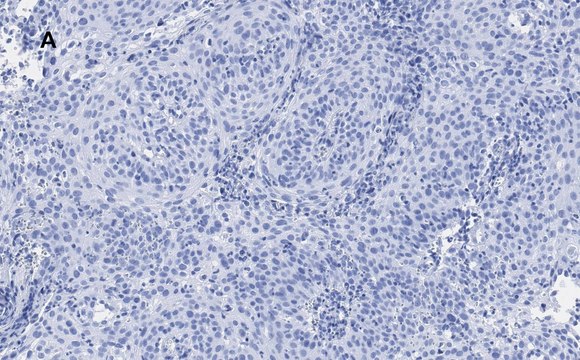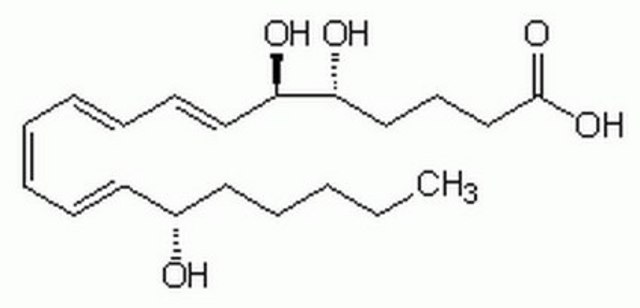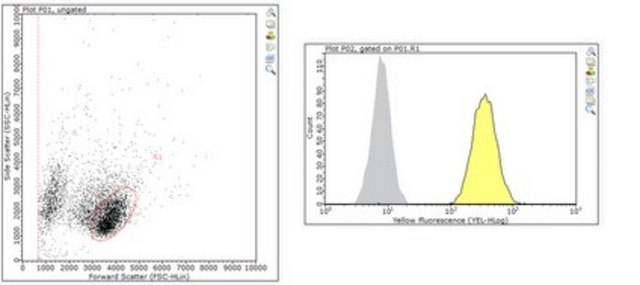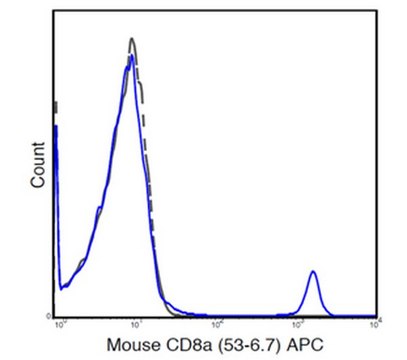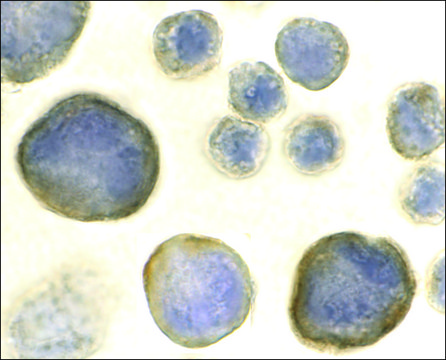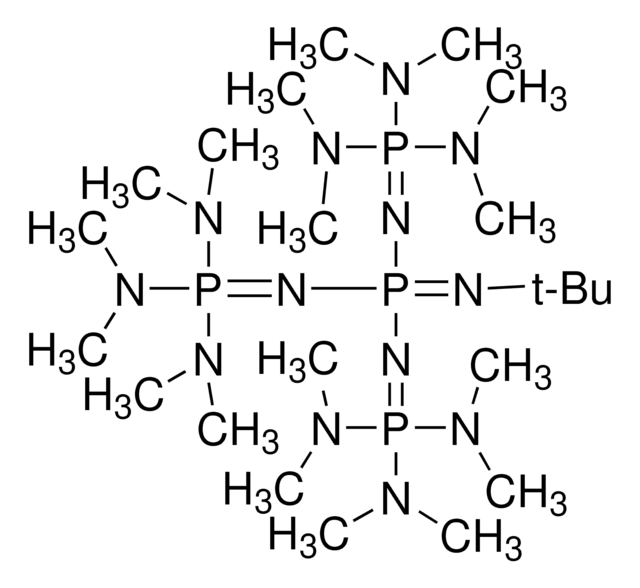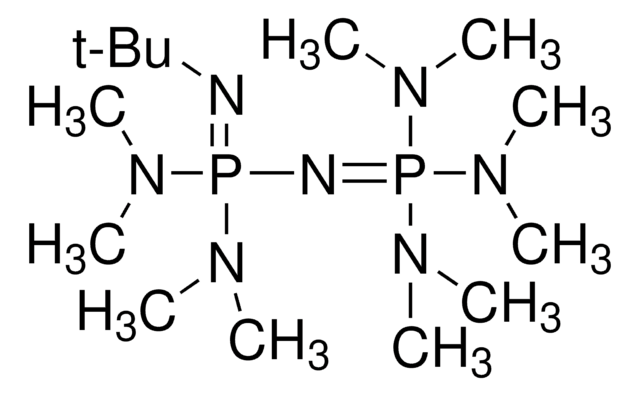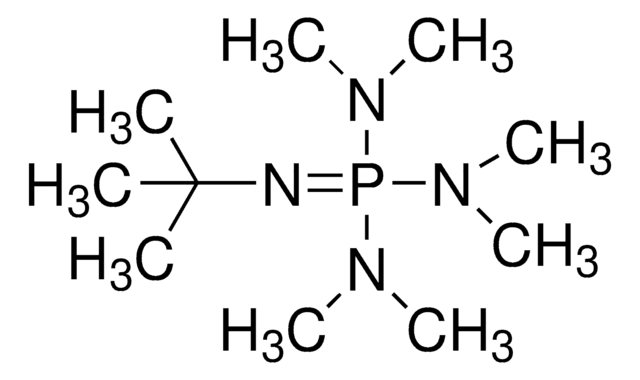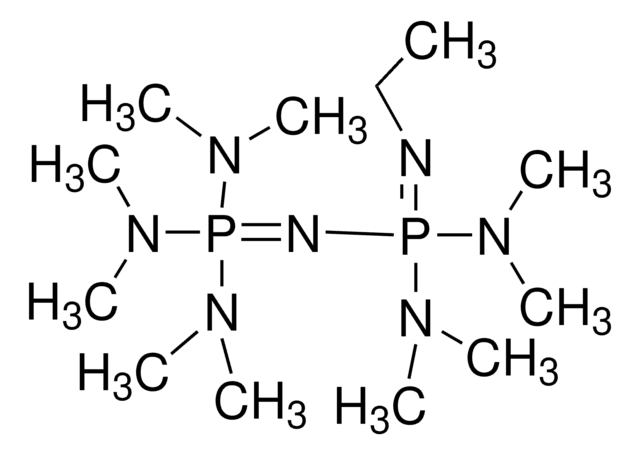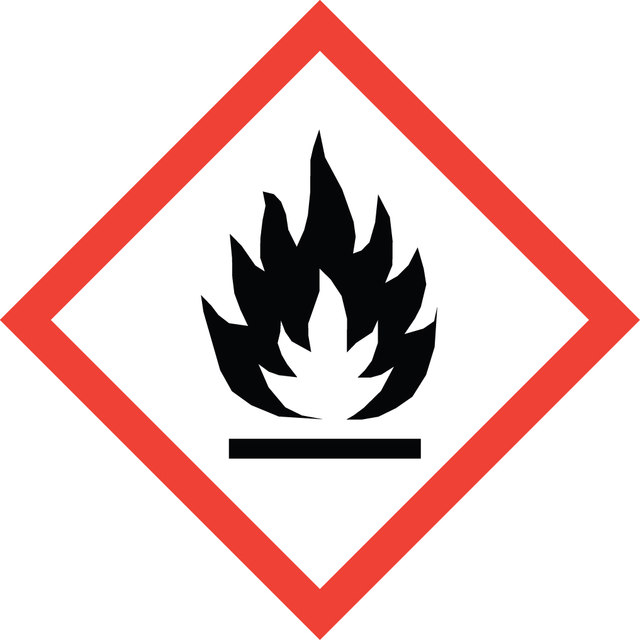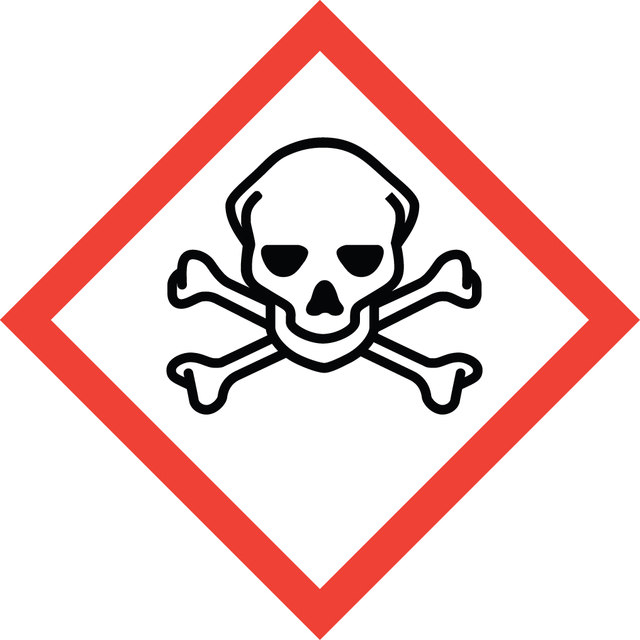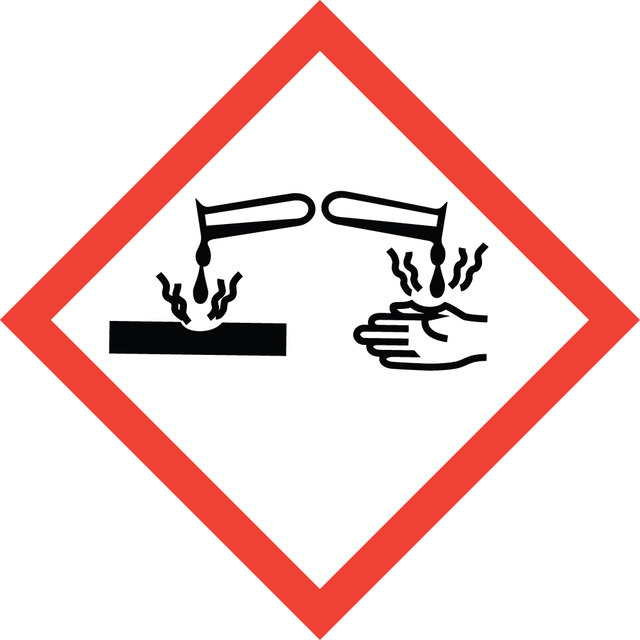PX1235
Piperidine
Synonym(s):
Piperidine, Hexahydropyridine
Select a Size
Select a Size
About This Item
Recommended Products
vapor pressure
34 hPa ( 20 °C)
Quality Level
Assay
≥99.5% (GC)
form
liquid
impurities
≤0.2% Water (H2O)
color
APHA: ≤50
pH
12.6 (20 °C, 100 g/L in H2O)
bp
106 °C/1013 hPa
mp
-10.8 °C
transition temp
flash point 16 °C
1 of 4
This Item | 79416 | 79408 | 79417 |
|---|---|---|---|
| concentration ~0.8 M in hexane | concentration ~2.0 M in THF | concentration - | concentration - |
| Quality Level 100 | Quality Level 100 | Quality Level 100 | Quality Level 100 |
| form liquid | form solution | form liquid | form liquid |
| density 0.850-0.875 g/mL at 20 °C | density - | density - | density 1.02 g/mL at at 25 °C (lit.), 1.02 g/mL at 25 °C (lit.) |
| functional group amine | functional group amine | functional group amine | functional group amine |
Application
- A Fmoc removal agent in solid-phase peptide synthesis.[1]
- An organic structure-directing agent in the synthesis of ferrierite zeolites and CoAPO (cobalt aluminophosphate) materials.[2][3]
- A reagent in the preparation of N-(2,4-dinitrophenyl)piperidine by reacting with 2,4-dinitrochlorobenzene via aromatic nucleophilic substitution reaction.[4]
Packaging
As a global leader in lab reagents, we are constantly looking for new ways to optimize the safety of our products. The newly developed 4L solvent bottle design features advanced sealing technology that eliminates leaks to make the handling of solvents safer and more convenient than ever before.
See all the new features here!
Analysis Note
Color (APHA): 50APHA max
Form: Clear liquid
Identity (IR-spectrum): Conforms
Water (H2O): 0.2% max
Signal Word
Danger
Hazard Statements
Precautionary Statements
Hazard Classifications
Acute Tox. 3 Dermal - Acute Tox. 3 Inhalation - Acute Tox. 4 Oral - Eye Dam. 1 - Flam. Liq. 2 - Skin Corr. 1B
Storage Class Code
3 - Flammable liquids
WGK
WGK 1
Flash Point(F)
60.8 °F - closed cup
Flash Point(C)
16 °C - closed cup
Certificates of Analysis (COA)
Search for Certificates of Analysis (COA) by entering the products Lot/Batch Number. Lot and Batch Numbers can be found on a product’s label following the words ‘Lot’ or ‘Batch’.
Already Own This Product?
Find documentation for the products that you have recently purchased in the Document Library.
Our team of scientists has experience in all areas of research including Life Science, Material Science, Chemical Synthesis, Chromatography, Analytical and many others.
Contact Technical Service

